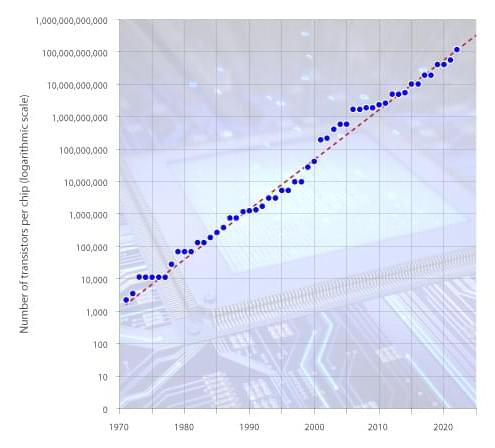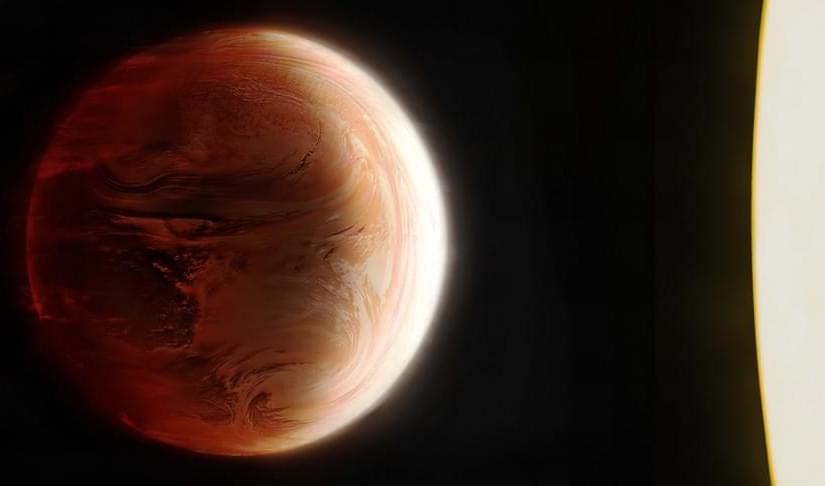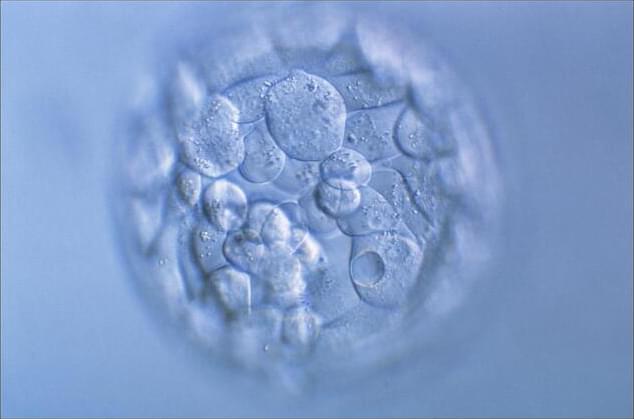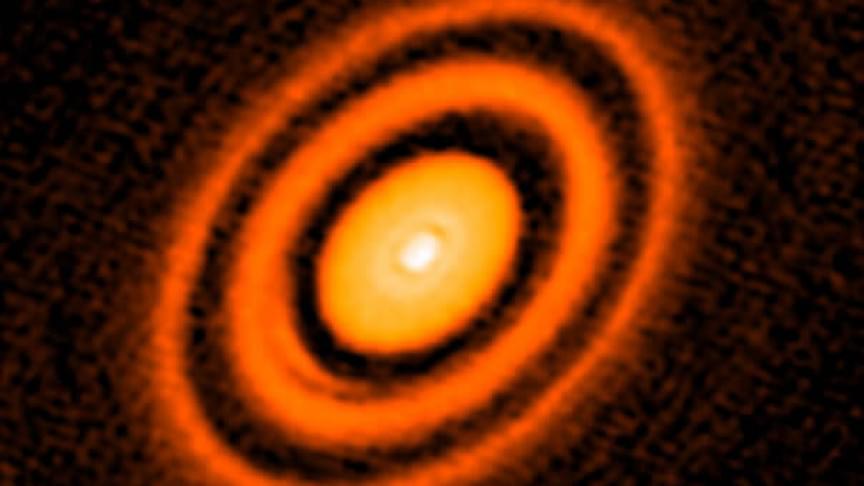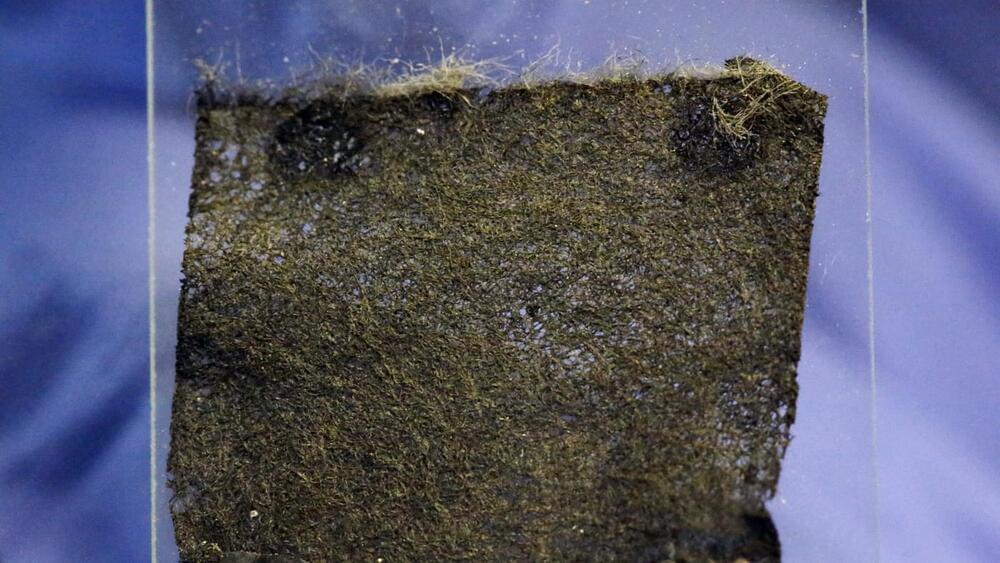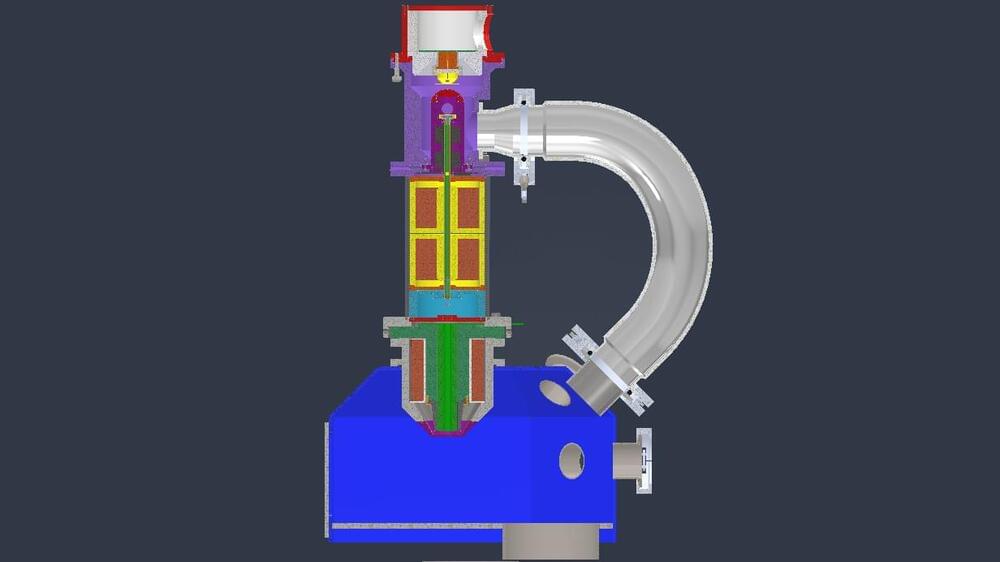These two graphs illustrate the exponential growth in chip transistor counts, from 1970 until 2100.
Page 5041
Mar 22, 2022
MIT scientists mapped the dark side of a hot Jupiter exoplanet in amazing detail
Posted by Gemechu Taye in categories: mapping, space
Mar 22, 2022
New satellites can boost safe communication. While clearing out space junk?
Posted by Gemechu Taye in category: satellites
Mar 22, 2022
Scientists say they can read nearly the whole genome of an IVF-created embryo
Posted by Gemechu Taye in category: biotech/medical
Mar 22, 2022
The Sun is losing mass. And once featured Saturn-like rings?
Posted by Gemechu Taye in categories: evolution, space
These features could have a special significance for the Earth’s evolution.
When it comes to the universe and all of its mysteries, there are many things we know we don’t know. Some are minor and mostly inconsequential, but there are other cosmological unknowns that leave huge blanks in our understanding of how things work on large and small scales. How our planet was created is one such mystery. Let’s go all the way back to the beginning when the Sun was just a clump of gas and dust to understand how our solar system may have formed.
## How stars form.
Continue reading “The Sun is losing mass. And once featured Saturn-like rings?” »
Mar 22, 2022
A new experiment could confirm information as the fifth state of matter
Posted by Gemechu Taye in category: futurism
Mar 22, 2022
All Charged Up: Engineers Create A Battery Made Of Wood
Posted by Quinn Sena in category: nanotechnology
This doesn’t look like your trusty potato battery: a prototype device made by scientists at the University of Maryland uses wood fibers coated with carbon nanotubes to create an electric current.
Mar 22, 2022
Team Films the Speed of Light at 10 Trillion Frames Per Second And It’s Incredible
Posted by Shubham Ghosh Roy in category: futurism

The Slow Mo Guys are known for their slow-motion videos, but this time they went to Caltech to utilize the world’s fastest camera. What exactly did they want to shoot? 10 trillion frames per second is the speed of light.
To put things in perspective, the cameras they routinely use, while excellent, are still 20 million times slower than this one from Caltech. They collaborated to try to capture the speed of light. The speeds are measured in picoseconds and femtoseconds. We can see why the Slow Mo Guys are ecstatic about their new initiative.
Mar 22, 2022
Oxford Researchers Train AI Two Times Faster With a Simple Mathematical Trick
Posted by Shubham Ghosh Roy in categories: information science, mathematics, robotics/AI, transportation
The algorithm estimates how weights will need to be altered on the forward pass, and the estimates perform comparably to backpropagation.
Mar 22, 2022
Home Made Scanning Electron Microscope Shows Some Potential
Posted by Shubham Ghosh Roy in categories: computing, electronics
Scanning electron microscopes are one of those niche instruments that most of us don’t really need all the time, but would still love to have access to once in a while. Although we’ve covered a few attempts at home-builds before, many have faltered, except this project over on Hackday. IO by user Vini’s Lab, which appears to be still under active development. The principle of the SEM is pretty simple; a specially prepared sample is bombarded with a focussed beam of electrons, that is steered in a raster pattern. A signal is acquired, using one of a number of techniques, such as secondary electronics (SE) back-scattered electrons (BSE) or simply the transmitted current into the sample. This signal can then be used to form an image of the sample or gather other properties.
The project is clearly in the early stages, as the author says, it’s a very costly thing to build, but already some of the machined parts are ready for assembly. Work has started on the drive electronics for the condenser stigmata lens. This part of the instrument takes the central part of the rapidly diverging raw electron beam that makes it through the anode, and with a couple of sets of octopole coil sets, and an aperture or two, selects only the central portion of the beam, as well as correcting for any astigmatism in the beam. By adjusting the relative currents through each of the coils, a quadrupole magnetic field is created, which counteracts the beam asymmetry.
Scanning control and signal acquisition are handled by a single dedicated card, which utilises the PIO function of a Raspberry Pi Pico module. The Pico can drive the scanning operation, and with an external FTDI USB3.0 device, send four synchronised channels of acquired sample data back to the host computer. Using PCIe connectors and mating edge connectors on the cards, gives a robust and cost effective physical connection. As can be seen from the project page, a lot of mechanical design is complete, and machining has started, so this is a project to keep an eye on in the coming months, and possibly years!
